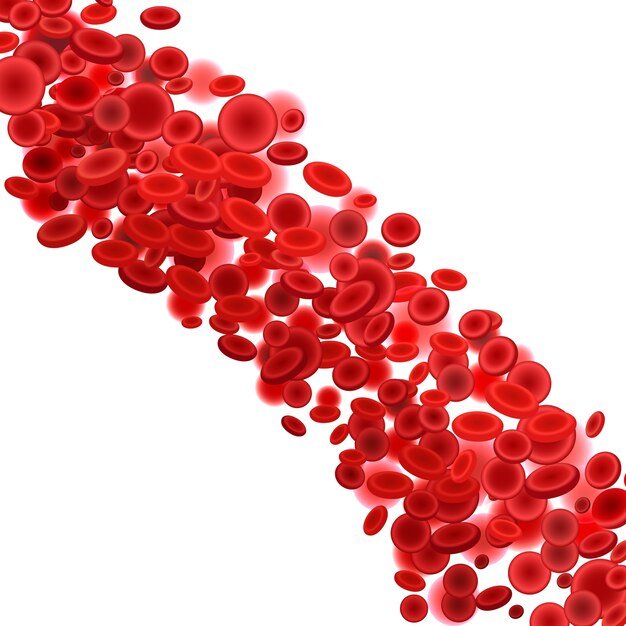SEC S20W2 || Hemoglobin - Module 2
16 comments

Death of Rafael Rangel
Rafael Rangel, Venezuela's first notable scientist and a pioneer in parasitology. Before his suicide, he made remarkable contributions to medical science, particularly in the study of infectious diseases. He researched tropical diseases in Venezuela, including hookworm (Ancylostoma duodenale) and Chagas disease. Despite his accomplishments, Rangel faced challenges in gaining support and recognition for his work. The lack of resources and misunderstandings about his research led to a period of depression that culminated in his tragic death.
His legacy, however, remains influential, as he laid the groundwork for medical research in Venezuela.
Rangel's death was the result of suicide by injecting Drabkin's reagent. His blood hemoglobin broke down and due to CN- cells failed to utilise oxygen, so he died.
Here is the whole mechanism of Drabkin's reagent with blood to understand his death.
Drabkin's reagent is a reagent mainly diluted and used by laboratories for estimation of hemoglobin concentration in blood samples . It has two forms of components. Potassium ferricyanide and potassium cyanide.
Upon contact of anticoagulated blood, with Drabkin's reagent, blood cells break off and hemoglobin liberated. Then Potassium ferricyanide converted the hemoglobin of blood into methemoglobin, and it is measured by color. Potassium cyanide, is the main ingredient of the Drabkin's reagent. It's highly toxic. When a fatal dose of potassium cyanide is ingested, it acts through an inhibition of the cytochrome c oxidase enzyme within cellular mitochondria; it causes cells to fail in utilizing oxygen. Without enough oxygen, everything shifts quickly. First, due to the lack of oxygen, the individual becomes suffocated, senseless, and eventually dies.
Describe Hemoglobin
Erythrocyte cells of blood contain liquids and complex protein, that complex protein is crucial for transporting oxygen throughout the body is called Hemoglobin .It comprises of
- Globin chains: It has four complex protein chains, two alpha (α) chains and two beta (β) chains,
- HEMO Group:Each chain contains a heme group. The heme group has a ferrous iron atom at center , which can bind to oxygen molecules.
When blood passes through capillaries in lungs oxygen in the lungs binds with hemoglobin and forms oxyhemoglobin, allowing it to carry oxygen through the bloodstream to various tissues and organs, where the oxygen concentration is low, hemoglobin releases the oxygen to be used for cellular respiration. It also helps in transporting carbon dioxide, from the tissues back to the lungs for exhalation.
Automated Hematocrit vs. Manual Hematocrit
| Automated Hematocrit | Manual Hematocrit |
|---|---|
| Method: It is measured by an automated hematology analyzer. These analyzers measure a number of parameters of blood, including the mean corpuscular volume (MCV) and the red blood cell (RBC) count. From these measurements, it computes the Hct using a formula below.Hct =(RBC count × MCV10)%orHct=( 10RBC count×MCV)%. | Method :To get the hematocrit value by a manual method, the capillary tube is filled with blood sample and then centrifuged. After centrifugation, it directly determines the amount occupied by the red blood cells within that tube as the hematocrit. |
| Accuracy: In more accurate and reproducible compared to direct methods because it eliminates human interference and may consider very small variations in the number and size of red cells. | Accuracy: More vulnerable to human mistakes and inconsistency, like underfilling the capillary tube, wrong reading of layers, and incorrect centrifugation. However, at times may be more accurate in certain situations where automated machines are unfavourable, for instance, very minor quantities of blood. |
| Speed: It is very fast and can handle a huge number of samples in a small period; it is therefore ideal for high throughput laboratories. | Speed: Slower compared to automated techniques because its process includes manual handling, centrifugation, and direct measurement. |
| Advantages: Besides counting red cells, it provides more detail including hemoglobin concentration, RBC indices (MCV, MCH, MCHC), count of white cells WBC and platelet count. | Advantages: It is easy, inexpensive and n does not require equipment; it is ideal for small clinics or remote sites. |
| Limitations: May yield less precise results in irregular forms of red blood cells, like in sickle cell diseases or when cold agglutinins prevent the measurement of RBC. | Limitations: It measures hematocrit levels only, and its readings may be imprecise, especially with samples that have shapes different from normal RBCs or low hematocrit where meniscus reading may be challenging. |
Comparison Summary:
Automated hematocrit is much faster and more accurate and gives more differential diagnostic information compared to capillary testing.
Manual hematocrit is more accessible and cost-effective but variability-prone and lesser informative for other blood parameters.
Automated methods are now a routine practice in most medical laboratories except specific scenarios or automated analyzers not available.
Explain a real-life example with the concept of hematocrit.
For instance, it can measure the hematocrit of an athlete both before and after high-altitude training to determine how fit the body is against the conditions. This principle is also applied for patients who have anemia (low hematocrit) and polycythemia (who have abnormally high hematocrits) to evaluate, monitor, and guide treatment.
This is one example, demonstrating the differences in hematocrit levels, relating to the various changes within the human body's ability to send oxygen around its system, and, therefore, is informative in sports physiology as well as in medical diagnosis.
Thats all from my side ,i have tried to give answers of all questions given in the course. At the end i would like to invite @sualeha, @rashid001, @dove11 for the contest.

Comments